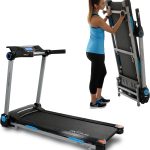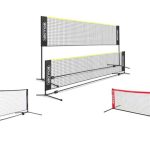I. Introduction

Regular physical activity is essential for maintaining overall health and well-being. Engaging in exercise not only helps to control weight and prevent chronic diseases but also enhances mood and promotes better sleep. One effective form of exercise that can be easily incorporated into a daily routine is walking. Walking is a low-impact exercise that can be enjoyed by people of all ages and fitness levels.
To optimize the benefits of walking, innovative tools such as walking pads have been introduced to the fitness market. In this blog post, we will explore the features and benefits of walking pads, focusing on how they can enhance cardiovascular fitness and build lower body strength.
II. Understanding Walking Pads
A. Definition and Features of Walking Pads
Walking pads, also known as treadmill mats or walking belts, are specially designed surfaces that provide an ideal walking platform. They are made from materials that offer cushioning and traction, ensuring a comfortable and stable walking experience.
Walking pads come in various sizes and thicknesses, allowing users to choose the one that suits their needs. They are typically lightweight and portable, making them easy to store and transport. Some walking pads also offer additional features such as adjustable resistance levels, incline options, and workout tracking capabilities.
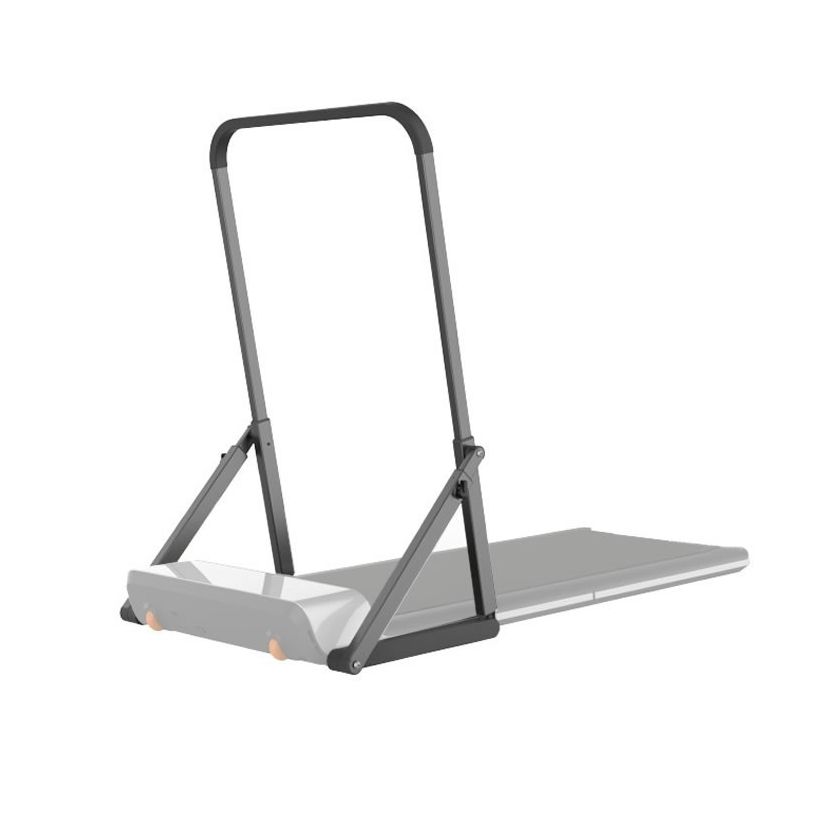
B. Benefits of Walking on a Pad Compared to Traditional Walking Surfaces
Walking on a pad offers several advantages over walking on traditional surfaces like concrete or pavement. Firstly, walking pads provide a cushioned surface that reduces the impact on joints, minimizing the risk of injuries. This is particularly beneficial for individuals with arthritis or joint problems.
Secondly, walking on a pad allows for longer durations of exercise. The cushioning effect of the pad reduces the strain on muscles and joints, enabling users to walk for extended periods without discomfort.
Lastly, walking pads often provide adjustable resistance levels, which can make workouts more challenging. By increasing the resistance, users can engage their muscles more effectively and achieve greater cardiovascular benefits.
III. Enhancing Cardiovascular Fitness
A. Importance of Cardiovascular Exercise for Heart Health
Cardiovascular exercise, also known as aerobic exercise, is essential for maintaining a healthy heart and circulatory system. Regular cardiovascular exercise helps to lower blood pressure, reduce the risk of heart disease, improve lung function, and increase stamina.
B. How Walking on a Pad Can Increase Cardiovascular Endurance
Walking on a pad can significantly improve cardiovascular endurance. The cushioned surface of the pad reduces the impact on joints, allowing individuals to walk for longer durations without discomfort or fatigue.
Additionally, some walking pads offer adjustable resistance levels. By increasing the resistance, individuals can challenge their cardiovascular system and enhance their endurance. This is particularly beneficial for those looking to improve their cardiovascular fitness or lose weight.
IV. Building Lower Body Strength
A. Role of Lower Body Strength in Daily Activities and Overall Fitness
Lower body strength plays a crucial role in daily activities and overall fitness. Strong leg muscles are necessary for performing tasks such as climbing stairs, walking uphill, or carrying heavy loads. Additionally, a strong lower body improves balance and stability, reducing the risk of falls and injuries.

B. How Walking on a Pad Can Help Strengthen Leg Muscles
Walking on a pad can be an effective way to build lower body strength. The cushioned surface of the pad engages the leg muscles more intensely than walking on a hard surface. With each step, the muscles in the calves, quadriceps, hamstrings, and glutes are activated, leading to improved strength and tone.
Furthermore, some walking pads offer incline options. Walking on an inclined surface engages additional muscle groups, particularly the glutes and quadriceps. This allows for a more comprehensive lower body workout.
To further enhance lower body strength, individuals can incorporate variations into their walking routine. Lunges, side steps, and high knees are all effective exercises that target specific muscle groups. By incorporating these variations, individuals can maximize the benefits of walking on a pad and improve their lower body strength.
V. Improving Balance and Stability
A. Importance of Balance and Stability for Overall Mobility and Fall Prevention
Maintaining good balance and stability is crucial for overall mobility and fall prevention, especially as we age. Poor balance can affect our ability to perform daily activities, increase the risk of falls, and lead to injuries.
B. How Walking on a Pad Improves Balance and Stability
Walking on a pad can be an effective way to improve balance and stability. The unstable surface of the pad challenges the body’s proprioceptive system, which is responsible for sensing body position and movement. By walking on an unstable surface, the body is forced to engage different muscles and refine its balancing skills.
To further enhance balance and stability, individuals can incorporate balance-specific exercises into their walking routine on the pad. These exercises can include standing on one leg, performing heel-to-toe walks, or practicing tai chi movements. By incorporating these exercises, individuals can improve their coordination, strengthen their stabilizing muscles, and enhance their overall balance.
VI. Enhancing Calorie Burn and Weight Management
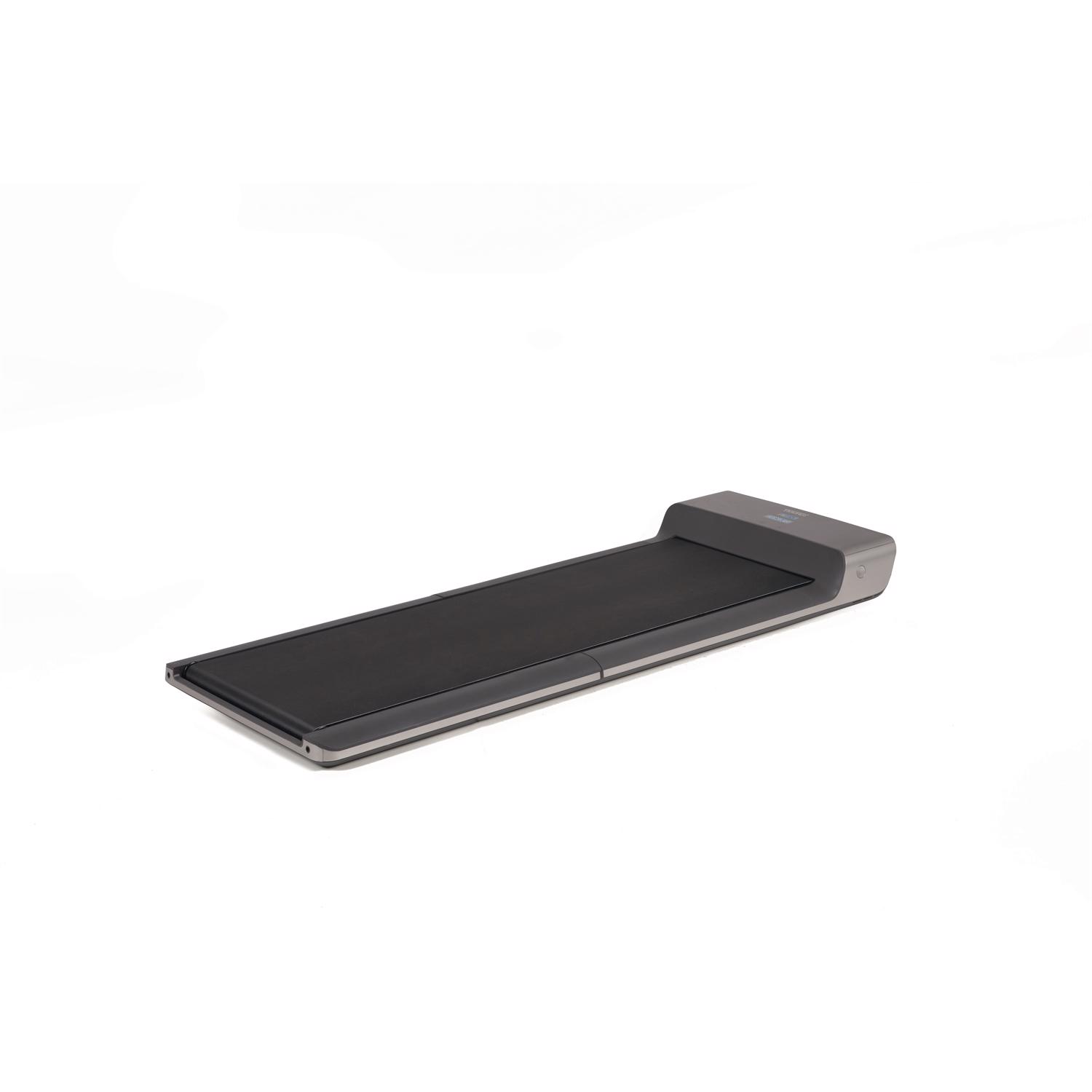
A. Relationship between Calories Burned and Weight Management
Calories burned play a crucial role in weight management. To maintain a healthy weight, it is important to achieve a balance between the calories consumed and the calories burned through physical activity. Engaging in activities that burn more calories can help create a deficit and aid in weight loss.
B. How Walking on a Pad Can Increase Calorie Burn
Walking on a pad can increase calorie burn compared to walking on traditional surfaces. Many walking pads offer adjustable speeds and resistance levels, allowing individuals to customize their workouts based on their fitness goals. By increasing the speed and resistance, individuals can raise their heart rate, challenge their cardiovascular system, and burn more calories.
Furthermore, incorporating interval training principles into the walking routine on the pad can further enhance calorie burn. Interval training involves alternating between high-intensity bursts of exercise and periods of lower intensity or rest. By incorporating short bursts of brisk walking or jogging into the routine, individuals can elevate their heart rate, increase their calorie burn, and improve cardiovascular fitness.
VII. Tips for Effective Workouts on Walking Pads
A. Proper Warm-up and Cool-down Exercises
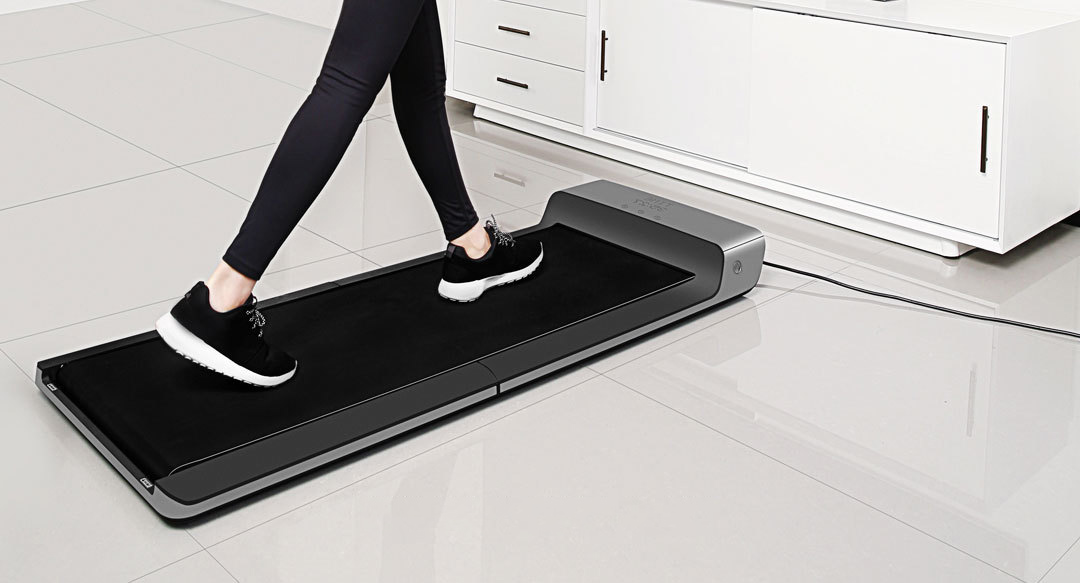
Before starting any workout on the walking pad, it is important to warm up the body and prepare it for exercise. This can be done through light cardio exercises like marching in place or stretching exercises that target the major muscle groups.
Similarly, cooling down after the workout is essential to gradually reduce heart rate and prevent post-exercise muscle soreness. Gentle stretches and deep breathing exercises can help the body recover and promote flexibility.
B. Monitoring Heart Rate and Intensity Levels
Monitoring heart rate during exercise is a valuable tool to ensure that the workout is appropriately challenging and within one’s target heart rate zone. This can be done by using a heart rate monitor or by checking the pulse manually.
Intensity levels can also be monitored through perceived exertion, using a scale from 1 to 10 to rate how hard the exercise feels. It is important to maintain a moderate to vigorous intensity level to achieve cardiovascular benefits and maximize calorie burn.
C. Ensuring Correct Form and Posture during Walking Exercises
Maintaining proper form and posture is essential to prevent injuries and optimize the benefits of walking exercises on a pad. Individuals should keep their head up, shoulders relaxed, and core engaged. Arms should be bent at a 90-degree angle and swing naturally with the movement. Each step should be taken heel-to-toe, ensuring a smooth and controlled motion.
By following these tips, individuals can have effective and safe workouts on walking pads, maximizing the benefits of the exercise and achieving their fitness goals.
In conclusion, walking on a pad offers a wide range of benefits including improved cardiovascular fitness, increased lower body strength, enhanced balance and stability, and enhanced calorie burn for weight management. The cushioned surface of the pad reduces joint impact, allowing for longer durations of exercise. Adjustable resistance levels, incline options, and the incorporation of interval training principles further enhance the effectiveness of the workouts. By following proper warm-up and cool-down exercises, monitoring heart rate and intensity levels, and maintaining correct form and posture, individuals can have effective and safe workouts on walking pads, improving their overall health and well-being.
